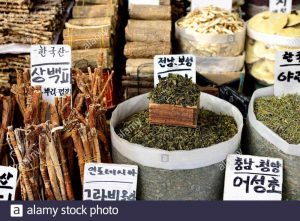Home » Speciofoline: Another Alkaloid in Kratom

Speciofoline: Another Alkaloid in Kratom
- Anthony Dent, Founding Member
- No Comments
Speciofoline is an alkaloid that comes from the dried, powdered leaves of the Mitragyna Speciosa (kratom) tree. It has been found to have similar effects as the most widely studied and potent alkaloids in kratom such as mitragynine and 7-hydroxymitragynine, but with a different chemical structure. With over 40 alkaloids found in kratom, it’s easy to see why there’s growing interest in how each of these alkaloids works and how they can be used to improve overall health and wellness.
In this blog post, we will discuss the discovery of speciofoline in kratom and its alkaloid percentage and some of the research on alkaloids in kratom so far.
History of Speciofoline
The history of this kratom alkaloid dates back to 1963 when SmithKline Beecham Corporation (now pharma giants GlaxoSmithKline) obtained a patent for speciofoline. The alkaloid was subsequently patented in 1967. Arnold Heyworth Beckett, a well-known British pharmacist, and sports doping expert is the main creditor. (Beckett is best recognized for his studies on the regulation of performance-enhancing drugs in Olympic sports.)
The patent further referenced that the new alkaloid in kratom was an antitussive and analgetic agent that was orally effective based on animal studies. It was purported to soothe day-to-day pain and discomfort and have cough-suppressing properties. Speciofoline was never produced as a drug owing to circumstances that remain unclear, and the patent expired in 1984.
Recent Studies of Speciofoline
Researchers recently studied speciofoline, a kratom alkaloid found in less than 1% of all kratom alkaloids, to better understand how it works. The team discovered that speciofoline doesn’t interact with mu-opioid receptors (MOR) like MG and 7-OH. They also learned that the alkaloid levels varied by 90-fold among various kratom samples. As a result, the scientists changed the samples into “high-speciofoline” and “low-speciofoline” categories to reflect the differences.
The researchers think that such variations in alkaloids in kratom may help us get closer to figuring out why various strains of kratom have different effects. As more research is done, it’s clear that kratom alkaloid percentages can vary, which could help scientists understand alkaloid profiles and how alkaloids may influence the plant’s pharmacological properties.
The Effects of Kratom’s Speciofoline Alkaloid
Unlike the majority of alkaloids that are found within kratom leaves, this alkaloid can be isolated from both leaf and stem material.

Speciofoline also soothes discomfort with very mild mood enhancement properties when used alone. This alkaloid in kratom also provides euphoric effects similar to those of stronger alkaloids found within kratom. It also has the potential to produce effects that are sedating or stimulating, depending upon use. Further studies need to be done to characterize speciofoline and understand its alkaloid profile and its effects.
Learn More On Our Blog
Kratom is one of the most popular natural remedies on the market today. It has been used for centuries in Southeast Asia for a variety of uses, from relieving discomfort to supporting a healthy mood. At The Kratom Company, we strive to provide our customers with the highest quality kratom products and the latest studies, reports, and information on this natural ethnobotanical plant.
Visit our blog to learn more about alkaloids in kratom or order your favorite kratom online. We offer premium quality products, superior customer service, and free, fast shipping.
Featured Products
-
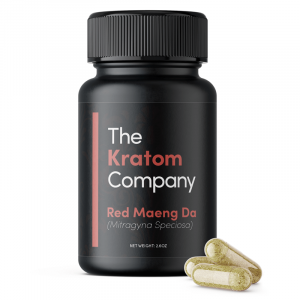 From $24.00Select options This product has multiple variants. The options may be chosen on the product page
From $24.00Select options This product has multiple variants. The options may be chosen on the product page -
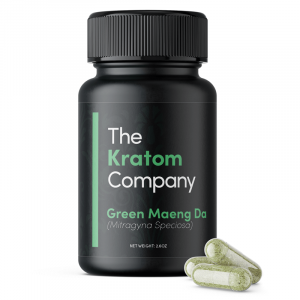 From $24.00Select options This product has multiple variants. The options may be chosen on the product page
From $24.00Select options This product has multiple variants. The options may be chosen on the product page -
 From $24.00Select options This product has multiple variants. The options may be chosen on the product page
From $24.00Select options This product has multiple variants. The options may be chosen on the product page
Explore More Posts
Product Search
Featured Products
-
 Pure Kratom Liquid Extract
Rated 4.72 out of 5From $20.00
Pure Kratom Liquid Extract
Rated 4.72 out of 5From $20.00 -
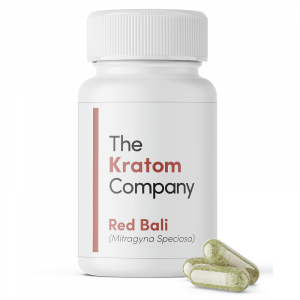 Red Vein Bali Kratom Capsules
Rated 4.70 out of 5From $24.00
Red Vein Bali Kratom Capsules
Rated 4.70 out of 5From $24.00 -
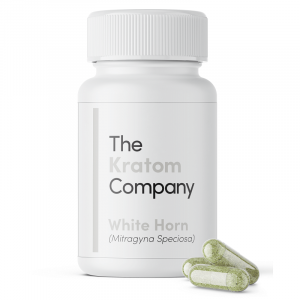 White Horn Kratom Capsules
Rated 4.88 out of 5From $24.00
White Horn Kratom Capsules
Rated 4.88 out of 5From $24.00
Follow Us
Strains
Blogs
NEWSLETTER
Sign up for our newsletter!

These statements and products presented on this website have not been evaluated by the Food and Drug Administration FDA. The products mentioned on this website are not intended to diagnose, prevent, treat or cure any diseases or health conditions. Therefore any information on this website is presented solely as the opinions of their respective authors who do not claim in any way shape or form to be medical professionals providing medical advice. The KRTM Company and its owners or employees cannot be held responsible for, and will not be liable for the inaccuracy or application of any information whatsoever herein provided. By purchasing our products you agree that you are aware and in compliance with your local county, state, or federal regulations. Must be 21 years or older to purchase Kratom. The US FDA has not approved kratom as a dietary supplement. We do not ship to the following states, cities and counties in the US where Kratom is banned: Alabama, Arkansas, Indiana, Rhode Island, Vermont, Wisconsin, Sarasota County, FL, Union County, MS, Denver, CO, San Diego, CA, and Jerseyville, IL.



